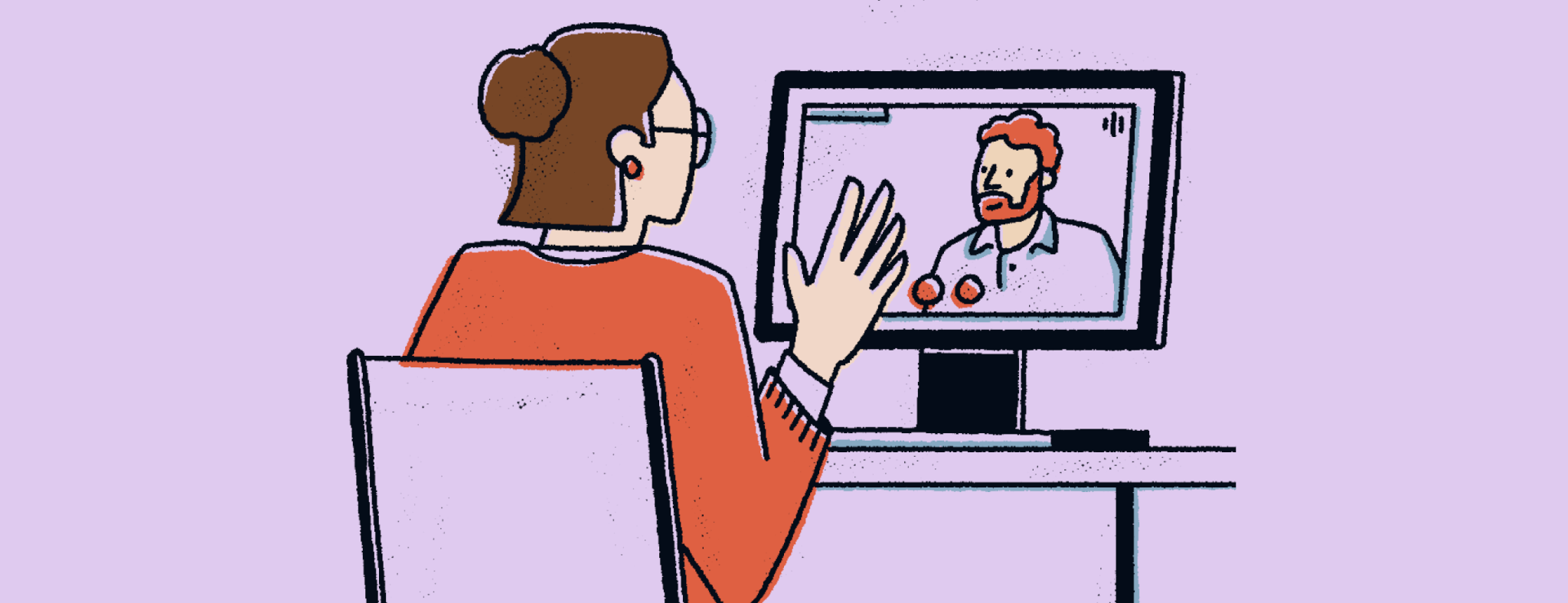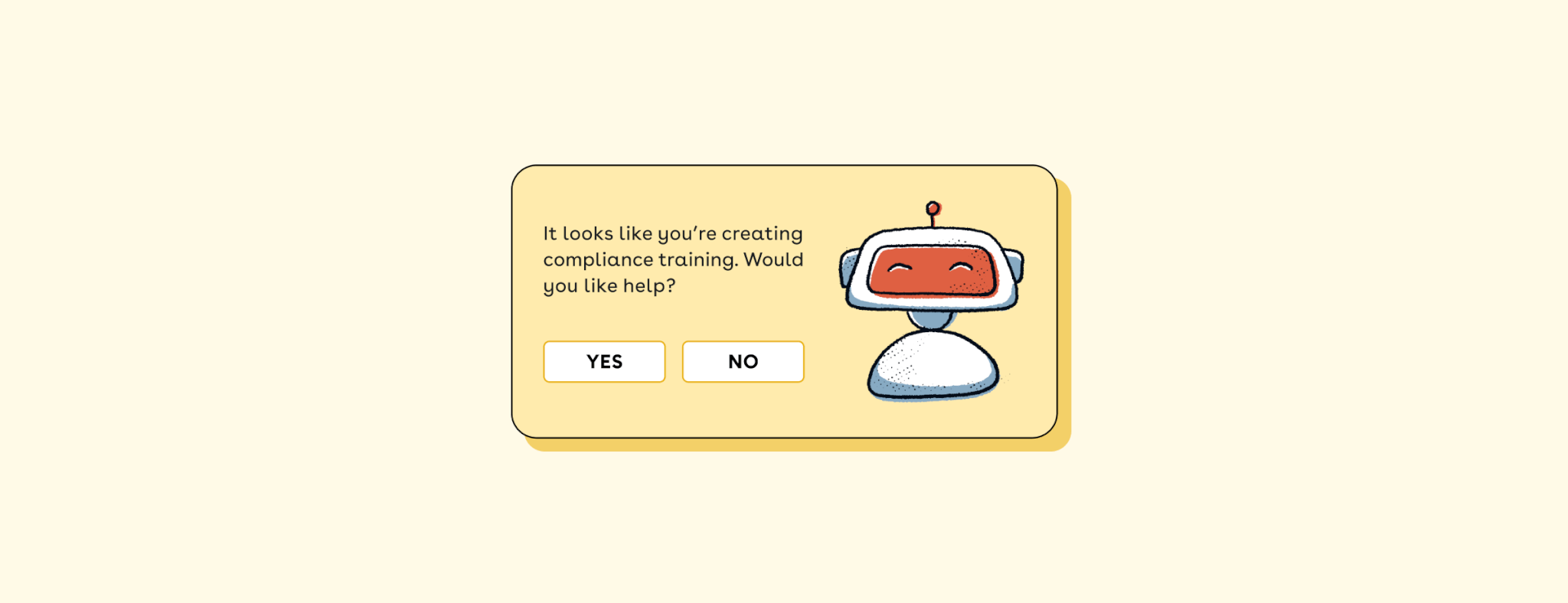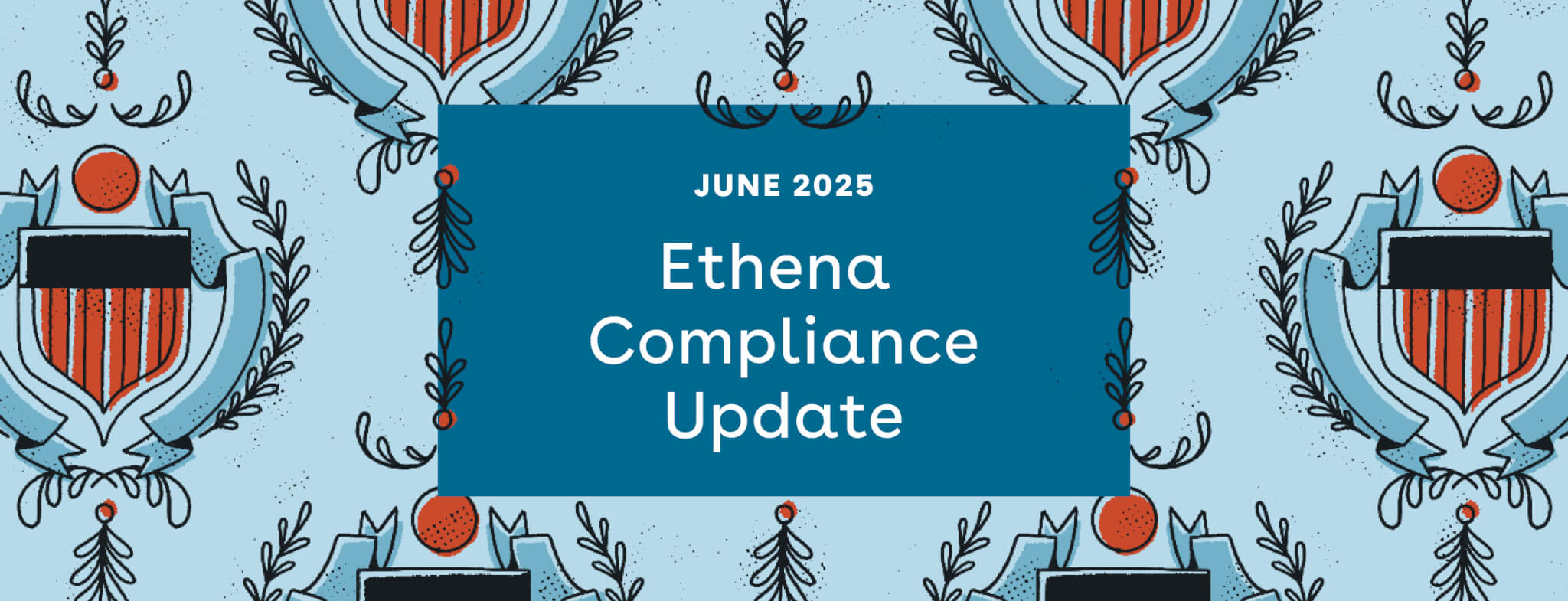Unconscious bias in hiring is a subtle yet pervasive issue that can hinder diversity, equity and inclusion (DEI) efforts within your business. These biases, which stem from stereotypes and societal norms, can influence hiring decisions in ways that aren't aligned with the objective assessment of a candidate's skills and potential.
Thankfully, there are a handful of strategies you can implement to mitigate unconscious bias and create a fairer, more inclusive hiring process for all candidates. In this article, we'll define unconscious bias, explain how it impacts hiring and interviewing decisions, and offer tips on how to reduce it at your company.
Let's dive in!
What is unconscious bias?
Unconscious bias, also known as implicit bias, refers to the attitudes or stereotypes that affect our understanding, actions, and decisions. These biases are automatic and involuntary, often stemming from past experiences, cultural context, and socialization. Unconscious biases can influence how we perceive and interact with others without our awareness.
Key characteristics of unconscious bias:
- Involuntary and automatic: These biases occur without intentional thought.
- Pervasive: Everyone has unconscious biases, which are a normal part of human cognition.
- Not necessarily aligned with declared beliefs: People might unconsciously hold biases that contradict their consciously held values and beliefs.
- Influential: They can significantly impact decision-making and behavior, often leading to unfair treatment or discrimination.
Examples of unconscious bias:
- Affinity bias: Favoring people who share similar interests, backgrounds, or experiences.
- Confirmation bias: Seeking out information that confirms pre-existing beliefs and ignoring evidence to the contrary.
- Gender bias: Stereotyping or having a preference for one gender over another.
- Racial bias: Associating certain stereotypes with individuals of specific races.
- Age bias: Making assumptions about people based on their age.
How does it impact the hiring and interviewing process?
Unconscious bias hurts the interviewing and hiring process because it leads to unfair assessments and decisions that don't accurately reflect a candidate's qualifications or potential. When hiring managers and interviewers harbor subconscious preferences or prejudices, they may unknowingly favor candidates who resemble themselves in terms of background, appearance, or experiences, while overlooking those from different demographics. This can result in a less diverse workforce — more specifically, the exclusion of talented individuals who would bring unique perspectives and skills to the organization.
Biased hiring processes can also damage your reputation, reduce employee morale, and limit your company's ability to innovate and compete in a diverse marketplace. As a result, addressing unconscious bias is crucial for creating an equitable and effective hiring process.
Tips for reducing unconscious bias during the hiring process
1. Educate and train hiring teams
The first step in combating unconscious bias is awareness. Employers should provide training programs that educate hiring managers and interviewers about the various types of biases, such as affinity bias, confirmation bias, and the halo effect. Training can help individuals recognize their own biases and understand how these biases can impact their decision-making.
Actionable steps:
- Conduct regular workshops on unconscious bias.
- Incorporate bias training into onboarding for new managers and recruiters.
- Use e-learning modules for continuous learning and self-assessment.
2. Standardize job descriptions and requirements
Bias can creep into the hiring process as early as the job description stage. Language that is gender-coded or culturally specific can deter qualified candidates from applying. Standardizing job descriptions and the criteria for evaluation can ensure that all candidates are assessed based on the same qualifications and skills.
Actionable steps:
- Use gender-neutral language in job postings.
- Clearly define the essential skills and qualifications for the role.
- Avoid jargon and culturally specific references that might not be universally understood.
3. Implement blind recruitment practices
Blind recruitment involves removing personal information that could reveal a candidate’s gender, age, ethnicity, or socioeconomic background from resumes and applications. This practice helps ensure that candidates are evaluated based solely on their qualifications and experience.
Actionable steps:
- Use software tools that anonymize resumes.
- Remove names, addresses, and graduation dates from applications before review.
- Focus on skills, experience, and education relevant to the job.
4. Use structured interviews
Structured interviews, where each candidate is asked the same set of predetermined questions, can significantly reduce bias. This approach ensures that all candidates have an equal opportunity to demonstrate their qualifications and that evaluations are based on consistent criteria.
Actionable steps:
- Develop a standardized list of interview questions.
- Use a scoring system to evaluate responses objectively.
- Train interviewers on the importance of consistency and fairness.
5. Diverse hiring panels
Having a diverse hiring panel can help mitigate individual biases. When multiple perspectives are included in the decision-making process, it's less likely that a single bias will dominate the hiring decision.
Actionable steps:
- Assemble hiring panels with diverse backgrounds and experiences.
- Ensure that panel members are trained in recognizing and mitigating bias.
- Encourage panel discussions to consider different viewpoints before making a decision.
6. Use data and analytics
You can also leverage data and analytics to identify patterns of bias in your hiring process. By tracking metrics like the demographic breakdown of applicants, interviewees, and hires, you can pinpoint areas where bias might be occurring — and take corrective action.
Actionable steps:
- Implement applicant tracking systems to gather data on hiring processes.
- Regularly review hiring metrics and identify any disparities.
- Use insights from data to adjust recruitment strategies and training programs.
7. Foster an inclusive culture
An inclusive workplace culture can help reduce unconscious bias over time. When diversity and inclusion are embedded in the company’s values and practices, it creates an environment where all employees feel valued and respected.
Actionable steps:
- Promote diversity and inclusion initiatives within the organization.
- Encourage open dialogues about bias and inclusion.
- Recognize and reward behaviors that contribute to an inclusive culture.
The final word
Reducing unconscious bias in the hiring process is an ongoing effort that requires commitment and diligence. By implementing these strategies, employers can create a more equitable hiring process, attract a diverse pool of talent, and build a workforce that reflects a wide range of perspectives and experiences. Ultimately, this not only enhances the fairness of the hiring process but also contributes to a more innovative and dynamic organizational culture.









